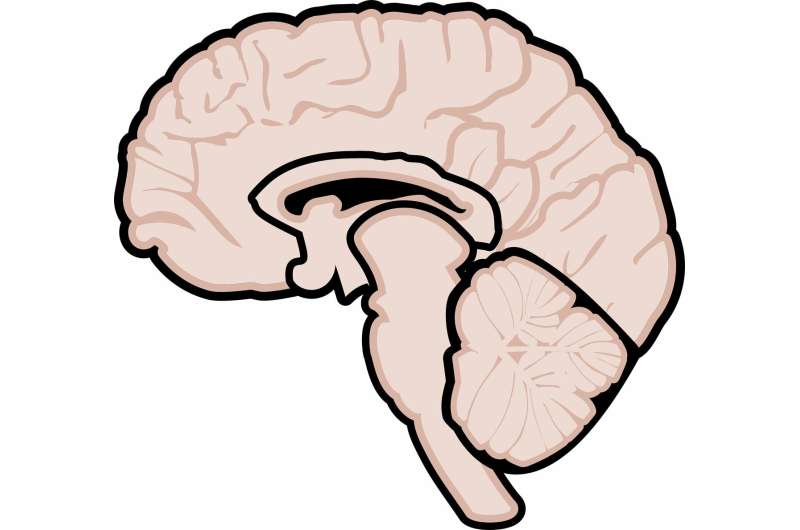
Researchers have known people who live farther from the equator are more likely to develop multiple sclerosis (MS) and have often attributed that to vitamin D exposure. But countries farther from the equator are also more likely to be wealthier than countries nearer to the equator. A new analysis shows that the amount a country spends on health care may help explain the link between MS and latitude. This new research is published in the August 24, 2022, online issue of Neurology.
According to study author Deanna Saylor, MD, MHS, of Johns Hopkins University School of Medicine in Baltimore and a member of the American Academy of Neurology, the results suggest that MS rates may be greatly underestimated in low-income countries with lower health care spending, which means that people have less access to neurologists who have the expertise to diagnose MS and MRI scanners that are needed to make the diagnosis.
For the analysis, researchers analyzed data from scientific studies and databases to determine current rates of MS in 203 countries and territories. They then grouped these countries into world regions and by income levels.
Rates of MS varied by region and income level. For example, in high-income countries an average of 46 of every 100,000 people had MS, compared to 10 people per 100,000 in low-income countries. Health care spending per capita was $2,805 for high-income countries, compared to $45 in low-income countries.
For each location, researchers examined gross domestic product per capita, current health expenditure per capita, income levels, the availability of brain scans to diagnose MS, the number of neurologists per capita and universal health care. They also reviewed lifestyle factors such as obesity and tobacco use.
Once the researchers adjusted the data for other factors that could affect the risk of MS, such as age and sex, they found that health care spending and latitude were strongly associated with MS rates. The research showed that, with every increase of one standard deviation in health expenditure per capita, a country’s MS prevalence increased by 0.49. Alternatively, with every increase of one standard deviation in latitude, a country’s MS prevalence increased by 0.65.
Researchers also found that health care spending explained some, but not all, of the link between latitude and MS. After adjusting for other factors, the link between latitude and MS decreased by more than 20% when health care expenditure per capita was considered.
The availability of universal health care was associated with rates of MS in all world regions, except Southeast Asia, with universal health care tied to higher rates of MS.
In high-income countries, rates of MS were linked to most factors, including gross domestic product per capita, current health expenditure per capita, and the number of neurologists, but not tobacco use and obesity or the number of MRI units per capita. However, in low-income countries, there were no associations with any of these factors, which may be explained by a lack of significant variation in data from these countries, Saylor said.
According to Saylor, the finding that current health expenditure per capita was very strongly linked with national rates of MS further supports the hypothesis that greater investment in health care leads to more robust reporting of rates of MS. She also said the minimal links between rates of MS and lifestyle factors such as tobacco use and obesity run counter to prior assumptions that lifestyle and consumption behaviors explain the large portions of regional differences in reported rates of MS.
Saylor said strategies are urgently needed to lessen the shortages in trained professionals and critical technology that prevent the accurate assessment of the burden of MS in low-income countries. She also noted that the current lower reported rates of MS in these countries can obscure the need for training of medical providers about MS and limit investment into improving diagnosis and treatment in areas where scarce resources are often directed toward diseases that are believed to be the most common.
Source: Read Full Article
